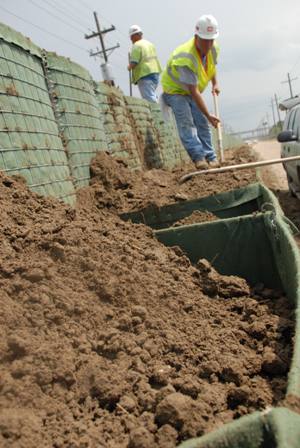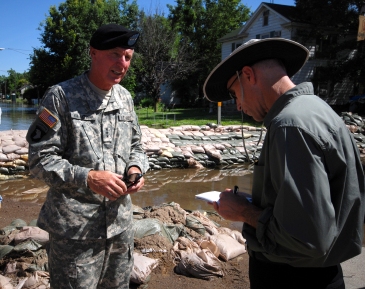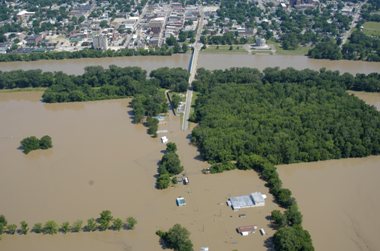President Releases USACE Civil Works Budget
President Obama released the 2012 Civil Works budget today, which outlines the U.S. Army Corps of Engineers’ non-military funded programs and projects for next year.
Click here for a state-by-state breakdown of the FY 12 Army Civil Works Budget: http://www.usace.army.mil/cecw/pid/pages/cecwm_progdev.aspx
This budget provides an effective pathway for us to help create jobs, support economic development and global competitiveness, and restore and protect critical and vital aquatic ecosystems. It also reflects the realities of our Nation’s fiscal status. As with other federal agencies across government, this year’s budget is less than in prior years, and it is up to us to ensure that we use the funds with which we are entrusted in the most efficient and effective ways possible…and we will!
The greatest percentage of our resources will be used on projects that provide the highest returns on the Nation’s investment. This includes Dam Safety projects that are in the greatest need of repair — we have 692 dams that we either operate or own — projects that will reduce the risk of loss of life, projects that will mitigate environmental losses and advance a number of our environmental missions, and on-going projects that we can complete or make significant progress on with these funds.
We have 92 construction projects in the FY12 budget. This includes 55 flood and storm damage reduction projects, 19 aquatic ecosystem restoration projects, 16 navigation-related projects, and two hydropower mitigation projects.
About 34 percent of the budget supports the nation’s inland waterways and coastal navigation network, which is particularly important when you consider that nearly $2 trillion worth of trade travels up, down, in, and out of U.S. harbors and waterways. The efficient and effective movement of waterborne cargo is a critical component of the national economy, because it reduces the costs of goods and services for American consumers and supports the global competitiveness. The budget also supports projects and studies for a number of significant aquatic ecosystems, including South Florida and the Everglades.
FY 2012 will be an exciting year in our efforts to provide valuable engineering services to our Nation. We are fully committed to supporting the President’s priorities to secure the homeland, revitalize the economy, and restore and protect the environment. We are proud to serve this great Nation, and we look forward to our continued mission of BUILDING STRONG.
Best,
Van
BUILDING STRONG®






